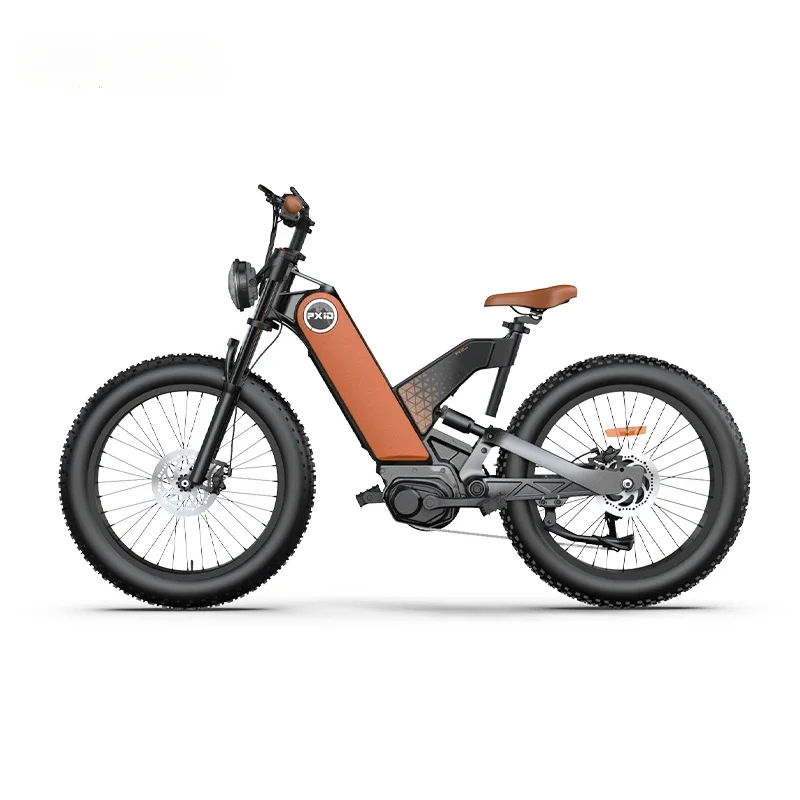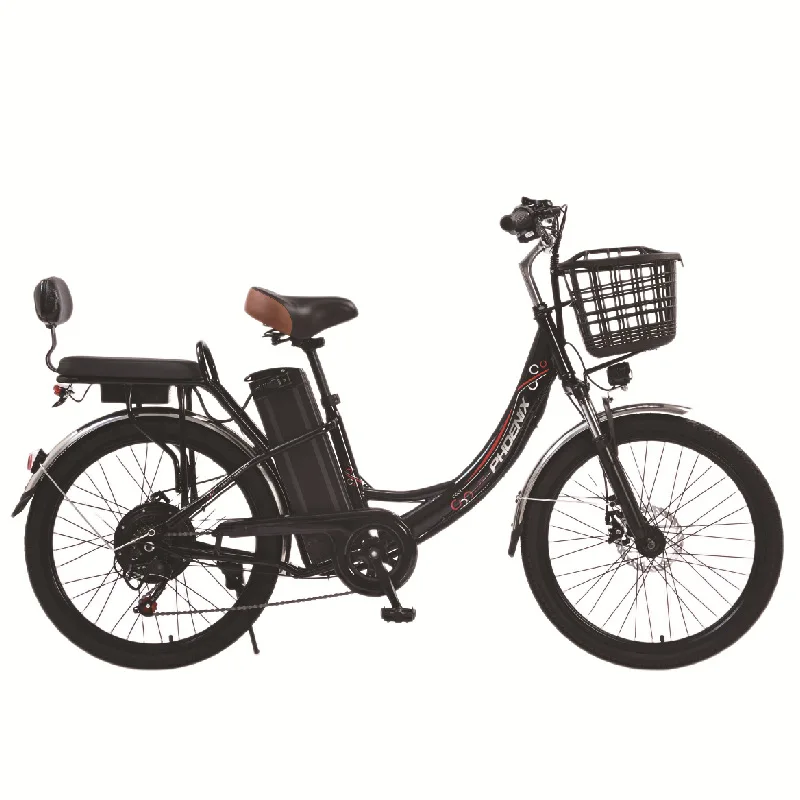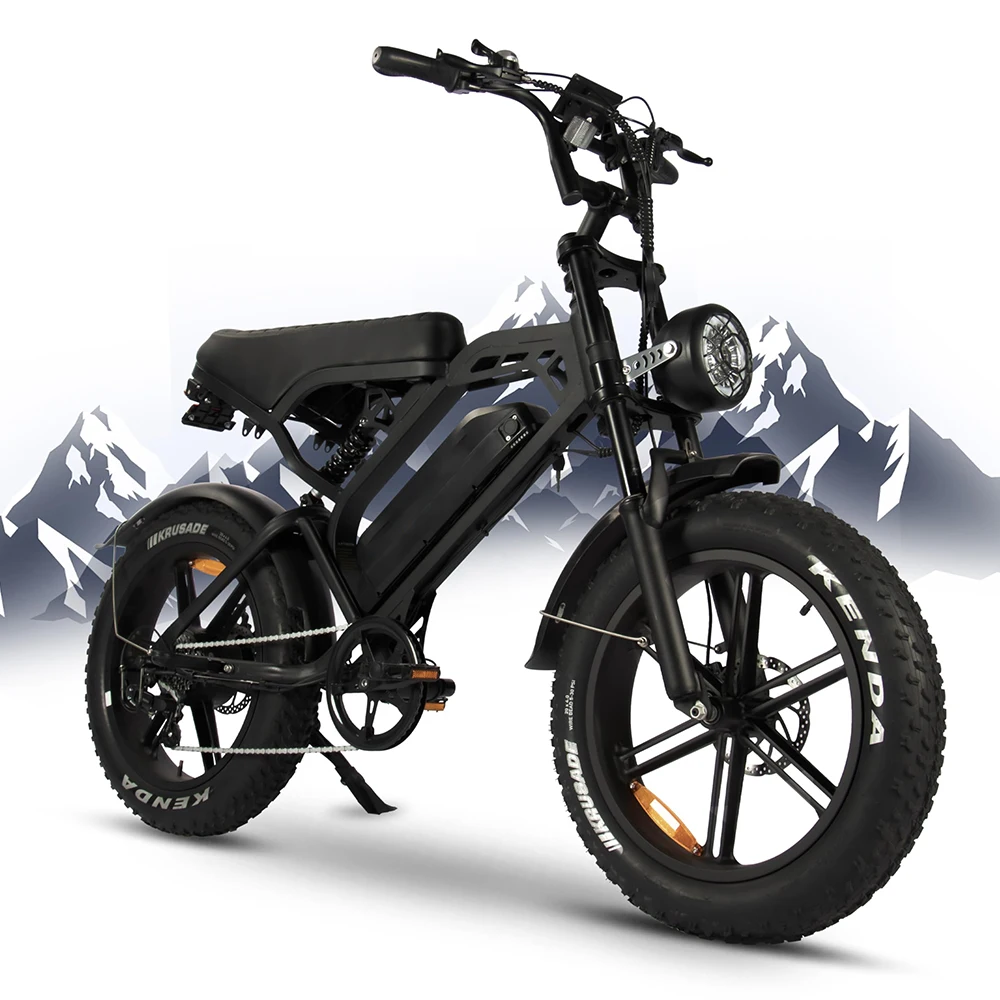Electric bikes, commonly referred to as e-bikes, have surged in popularity over the past few years. Their blend of traditional cycling with motorized assistance offers a versatile and environmentally friendly mode of transportation. However, as e-bikes become more powerful and their usage expands, questions about licensing requirements naturally arise. One of the most common inquiries is whether a motorcycle license is necessary to operate an electric bike. This article delves into the intricacies of licensing requirements for e-bikes, exploring various factors such as power classifications, regional regulations, and safety considerations.
Understanding Electric Bike Classifications
Class 1 E-Bikes: Pedal Assist Only
Class 1 e-bikes are equipped with a motor that provides assistance only when the rider is pedaling. The motor shuts off when the bike reaches a speed of 20 mph. These bikes are generally treated similarly to traditional bicycles.
- Power Output: Up to 750 watts.
- Speed Limitation: Assistance up to 20 mph.
- License Requirement: Typically, no license is required for Class 1 e-bikes.
Class 2 E-Bikes: Throttle Assisted
Class 2 e-bikes come with a throttle, allowing riders to engage the motor without pedaling. This feature can propel the bike up to 20 mph without any pedal input.
- Power Output: Similar to Class 1, generally up to 750 watts.
- Speed Limitation: Assistance up to 20 mph via throttle.
- License Requirement: In many regions, no motorcycle license is needed, but local regulations should be checked.
Class 3 E-Bikes: High-Speed Pedal Assist
Class 3 e-bikes offer higher performance with pedal assist that can propel the bike up to 28 mph. These bikes often require riders to be a certain age and may have additional safety requirements.
- Power Output: Up to 750 watts.
- Speed Limitation: Assistance up to 28 mph.
- License Requirement: Some areas may require a motorcycle license or specific permits for Class 3 e-bikes.
Regional Regulations Affecting Licensing Requirements
United States
In the United States, electric bike regulations vary significantly by state. Generally, e-bikes are categorized into the three classes mentioned above, with licensing requirements differing accordingly.
- Federal Law: Defines e-bikes with motors under 750 watts and top speeds of 20 mph as low-speed electric bicycles, not requiring a motor vehicle license.
- State Laws: States can impose additional regulations. For example, California aligns with the three-class system but may require helmets for certain classes. Some states might require a license or registration for higher classes like Class 3.
European Union
The European Union has standardized e-bike classifications more strictly, often aligning with pedal-assist systems.
- EPACs (Electrically Pedal Assist Cycles): Limited to 250 watts and assisted up to 25 km/h (~15.5 mph). These do not require a motorcycle license.
- Speed Pedelecs: Higher-powered and faster e-bikes that exceed EPAC limits. These typically require specific licensing, registration, and safety equipment akin to motorcycles.
Other Regions
Other regions like Canada, Australia, and Asia also have their own sets of regulations.
- Canada: Similar to the U.S., with provinces setting specific rules. Generally, no license is required for lower-class e-bikes.
- Australia: Defines e-bikes with a maximum speed and power that usually do not require a license, though specific rules can vary by state.
- Asia: Regulations can vary widely, with some countries having stringent rules similar to motorbikes, while others are more lenient.
Factors Determining Licensing Needs
Motor Power and Speed
One of the primary factors influencing whether a motorcycle license is necessary is the e-bike’s motor power and its top speed. Higher-powered motors and greater speeds generally place an e-bike into categories that resemble motorcycles more closely, thereby necessitating a license.
- Low-Powered E-Bikes: Typically do not require a license.
- High-Powered E-Bikes: May require a motorcycle license depending on regional laws.
Intended Use and Road Regulations
Where and how you intend to use your e-bike can also impact licensing requirements.
- Bicycle Lanes and Trails: Lower-class e-bikes used in bike lanes usually do not require a license.
- Roadways: Higher-class e-bikes that navigate regular roadways at higher speeds might be subject to stricter regulations, including licensing.
Age and Safety Requirements
Some regions impose age restrictions and mandatory safety gear for operating certain classes of e-bikes.
- Minimum Age: Certain classes, particularly Class 3 in the U.S., might require riders to be at least 16 years old.
- Helmet Laws: Mandatory helmet use is common, especially for higher classes of e-bikes.
The Process of Obtaining a Motorcycle License
If your e-bike falls into a category that requires a motorcycle license, understanding the licensing process is essential.
Written and Practical Exams
Obtaining a motorcycle license typically involves passing both written and practical exams. These tests assess your knowledge of traffic laws, safety practices, and your ability to handle a motorized vehicle.
- Preparation: Studying the local motorcycle handbook and taking practice tests can be beneficial.
- Testing Centers: Locate your nearest testing center to schedule exams.
Training Courses
Enrolling in a motorcycle safety course can not only help you pass the licensing exams but also enhance your riding skills and safety awareness.
- Benefits: Some regions offer insurance discounts or waive certain testing requirements upon course completion.
- Availability: Many community colleges and motorcycle organizations offer accredited courses.
Documentation and Fees
To obtain a motorcycle license, you will need to provide specific documentation and pay applicable fees.
- Required Documents: Identification, proof of residency, and possibly a completed application form.
- Fees: Vary by region but typically include costs for testing, licensing, and possibly training courses.
Impact of Licensing on Insurance and Liability
Holding the appropriate license for your e-bike class can also affect your insurance requirements and liability in case of accidents.
Insurance Coverage
Higher-class e-bikes often require insurance, much like motorcycles. Without the proper licensing and insurance, you could face legal and financial repercussions.
- Liability Insurance: Protects you in the event of property damage or injury to others.
- Comprehensive Insurance: Covers theft, vandalism, and damage to your e-bike.
Legal Implications
Operating an e-bike without the necessary license can result in fines, vehicle impoundment, or even more severe penalties depending on the jurisdiction and circumstances of the violation.
- Fines: Vary by region but can be substantial for repeat offenses.
- Legal Responsibility: Proper licensing ensures that you are held to the necessary safety and operational standards.
Safety Considerations for E-Bike Riders
Regardless of licensing requirements, safety should always be a priority for e-bike riders.
Protective Gear
Wearing appropriate protective gear can significantly reduce the risk of injury.
- Helmets: Essential for all e-bike classes, especially higher-speed ones.
- Protective Clothing: Includes gloves, jackets, and appropriate footwear.
- Visibility Aids: High-visibility clothing and lights to ensure you are seen by others.
Riding Skills and Awareness
Developing strong riding skills and maintaining awareness of your surroundings are crucial for safe e-bike operation.
- Skill Development: Practice handling your e-bike in various conditions.
- Traffic Awareness: Stay alert to traffic signals, pedestrians, and other vehicles.
Regular Maintenance
Keeping your e-bike in good working condition can prevent accidents caused by mechanical failures.
- Routine Checks: Regularly inspect brakes, tires, and the motor system.
- Professional Servicing: Consider periodic professional maintenance for complex components.
 Conclusion
Conclusion
Navigating the licensing requirements for electric bikes can initially seem daunting due to the varying regulations across different regions and e-bike classifications. Understanding whether you need a motorcycle license largely depends on factors such as your e-bike’s motor power, top speed, and the specific laws in your area. While lower-class e-bikes typically do not require a motorcycle license, higher-class e-bikes may necessitate one, along with additional permits and safety measures. Ensuring you are properly licensed not only keeps you compliant with the law but also enhances your safety and the safety of those around you. In summary, do you need a motorcycle license for an electric bike? The answer hinges on your e-bike’s specifications and your local regulations, making it essential to conduct thorough research and consult relevant authorities before hitting the road.


